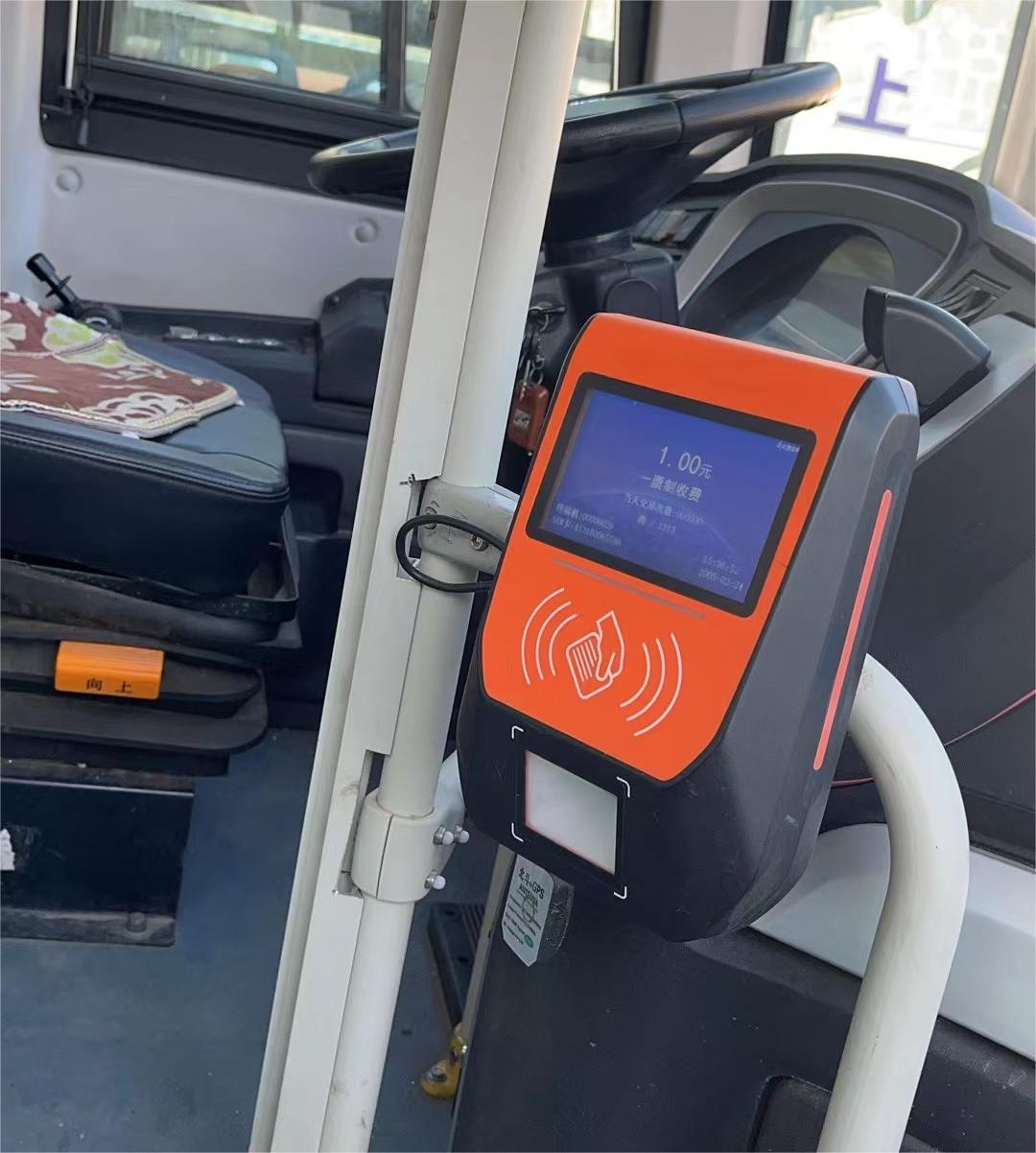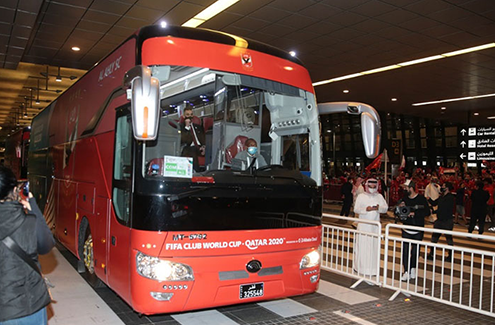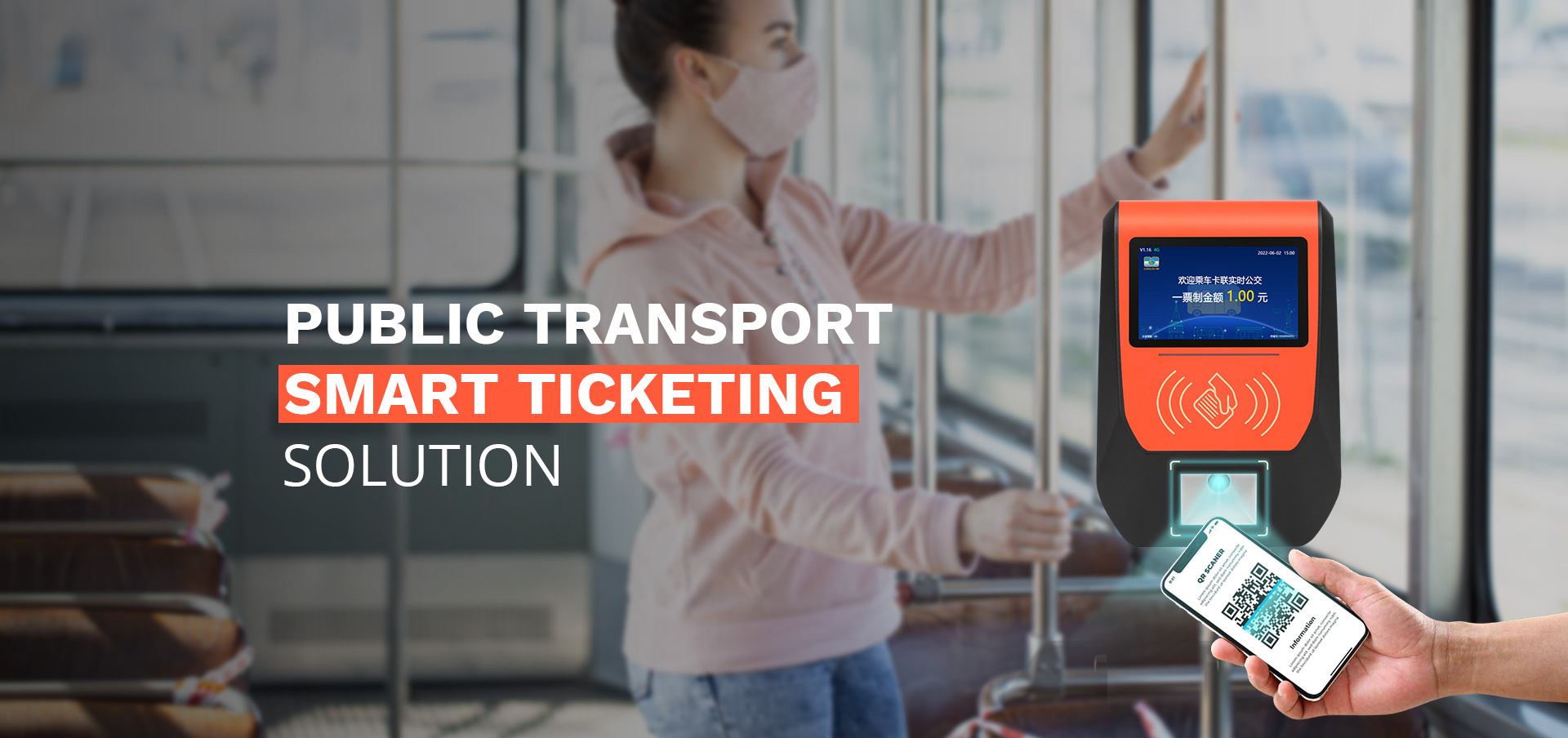How can a water park solve the problem of excessive and crowded tourists in the park?
How to improve the consumption experience of multiple scenarios such as dining and shopping in water parks?
The solution for the card based charging system of the Cardlan Water Park supports online ticket booking with limited quantity based on time periods and sessions, controlling the number of people entering and staying in the park. At the same time, it is connected to ticket inspection terminals such as facial recognition gates to simplify the ticket inspection process and avoid crowded queues of tourists in the park. In response to the unique characteristics of water parks, smart bracelets have been launched. Tourists can use the smart bracelet to purchase tickets, enter the park, consume in real time, rent and store, and make overdraft payments, realizing the recharge and use of one card consumption.
The Cardlan Water Park One Card System Solution is an intelligent management system that integrates diverse functions such as ticket management, financial statistics, customer management, and ticketing financial management. The following are the main components of this solution:
1. Management Center: The core part of the one card system, consisting of servers, management computers, management software, etc. Its main functions include array storage (all transaction data is stored on the data server, and other workstations operate by reading the data), system management (responsible for managing the entire system, system permission management, system maintenance, parameters, etc.), financial functions (responsible for revenue and expenditure management, settlement of various amusement facility fee items) Store management (managing secondary charging points in each park, setting project details, etc.), system initialization (initializing the entire system to achieve software functions).
2. Entrance ticket inspection terminals: such as simple ticket inspection terminals, ticket gates, etc. After entering the park with a wristband card, tourists can store the card in a storage cabinet and charge at the store. They support renting storage cabinets, catering fees, shopping fees, and other fees. Card swiping fees can query the charging situation at this entrance and the balance of the recharge card.
3. Water park ticketing system: mainly divided into individual ticketing and member management. When selling individual tickets, tourists can choose adult tickets, children's tickets, or discount tickets according to their needs, enter the required number of tickets to be issued, and then click on "issue tickets". The ticket seller can sell multiple different types of tickets at once. Membership management includes the management of membership cards, adult monthly pass cards, children's monthly pass cards, adult training cards, children's training cards, etc. It can set restrictions on the number of times and can be reused every hour, refund deposits, and renew membership functions.
4. Customer management system: mainly realizes the unified management of group tourists, including customer information management and account management functions. It can sign contracts and manage customer units such as agreement units and travel agencies, offer different discounts, and accurately record and analyze the sales performance of customer units.
5. The ticketing financial management system: manages the entire process of ticket production, warehousing, collection, sales, refunds, and handover statistics, ensuring clear ticket and payment responsibilities and accurate data. It has strict ticket category and discount permission management functions. At the same time, it supports multiple payment methods and combination payment functions, including coupons, vouchers, rebates, point redemption, account suspension, recharging, and signing.
6. Electronic ticket verification system: supports paper barcodes, QR code tickets, RFID reading and writing card issuance, contact IC card reading and writing card issuance, second-generation ID cards, fingerprints and other ticket verification methods. It can be flexibly configured through the ticket management center, and can achieve compatibility and coexistence of multiple ticket sales methods in the same system. Simultaneously supporting the ticket verification method of one ticket for one guest and one ticket for multiple guests; The working modes of the gate can be remotely controlled: emergency mode, shutdown mode, and normal mode.
7. Facial gateway management: responsible for device management and key management. Management of the activation, deactivation, and connection of ticket inspection equipment; Set both the system password and ticket password simultaneously.
The above are the main components of the card system solution for the Cardlan Water Park, which can help the water park achieve intelligence and efficiency in ticket management, financial statistics, customer service, and other aspects.
 Are you a customer of bus card readers?
Are you a customer of bus card readers?
 The future functional design direction of bus card reader
The future functional design direction of bus card reader
 The Evolution of Public Transport Payment: A Look at the Present and Future
The Evolution of Public Transport Payment: A Look at the Present and Future